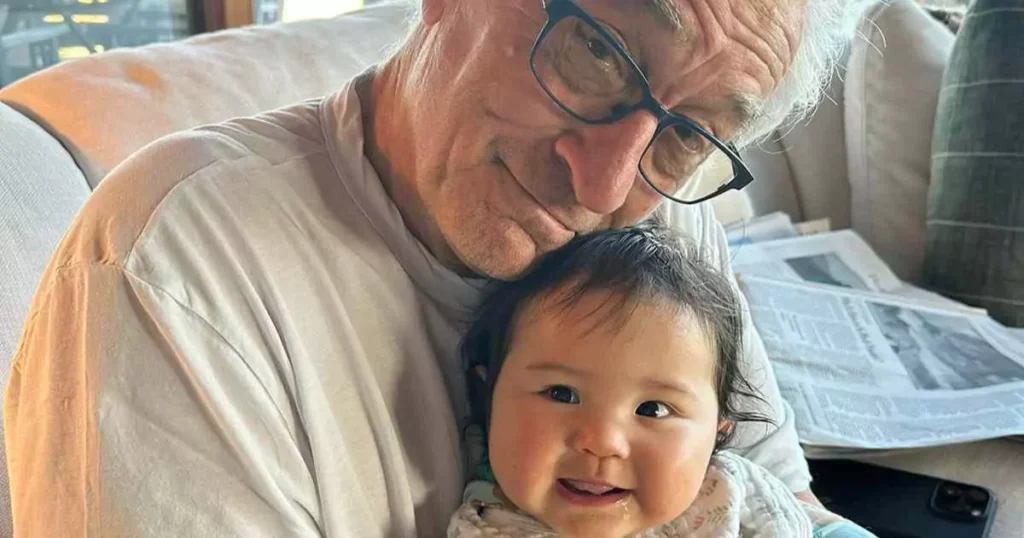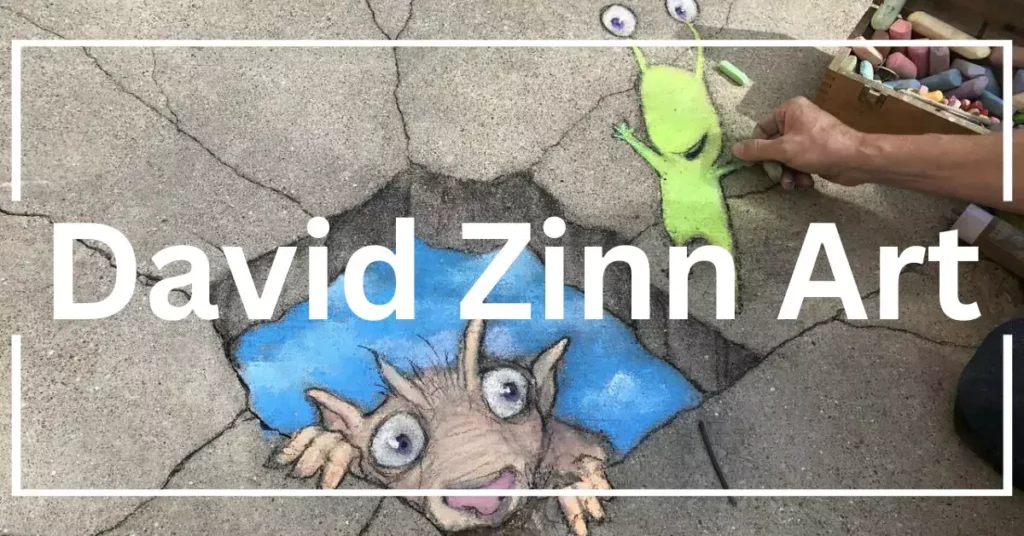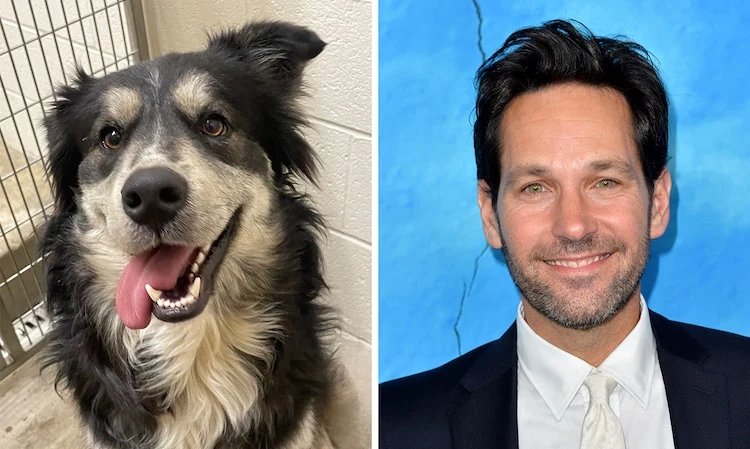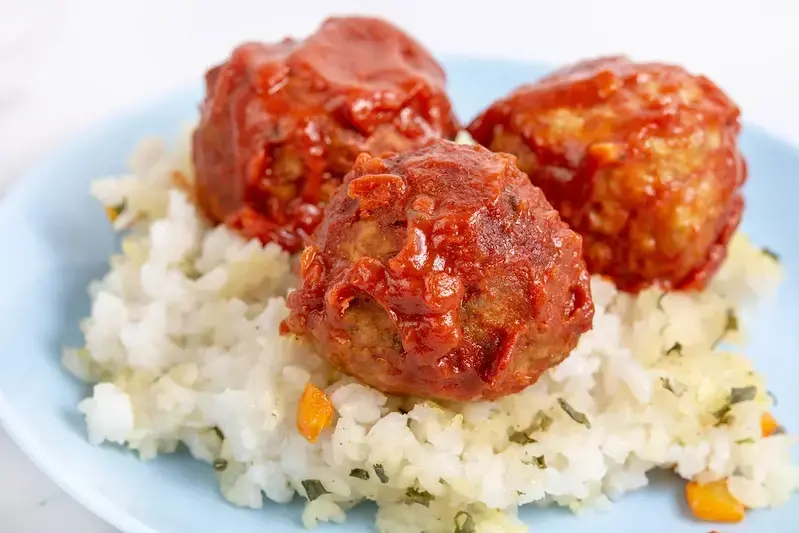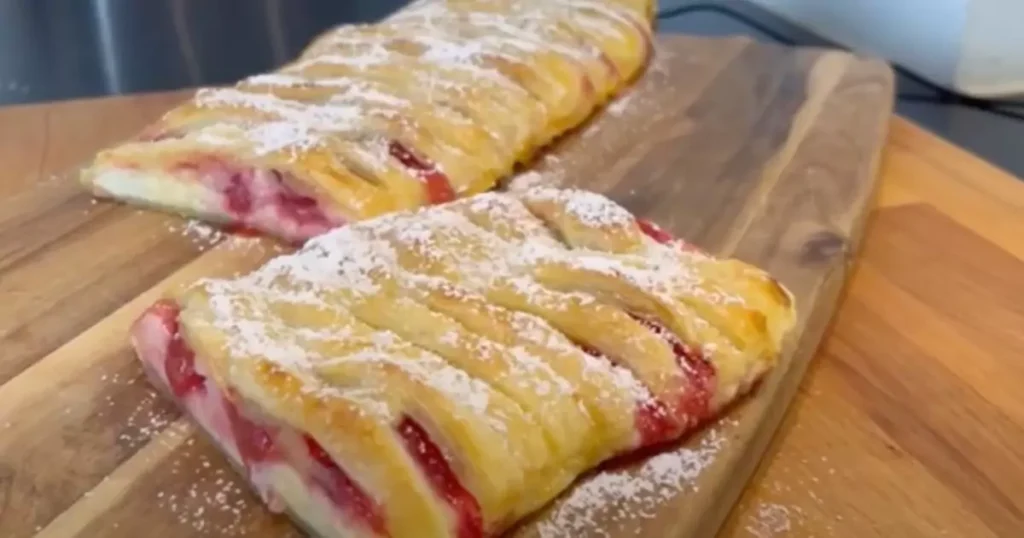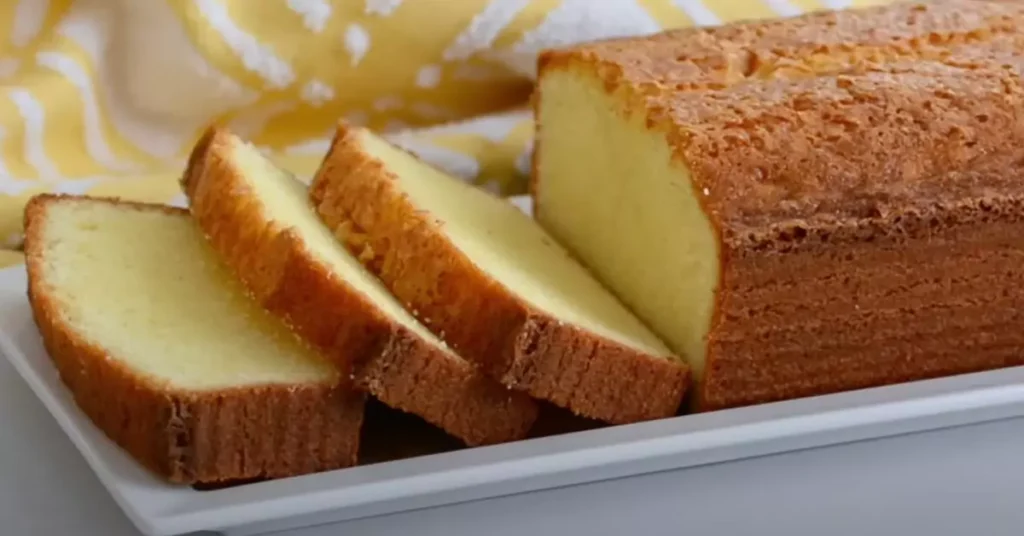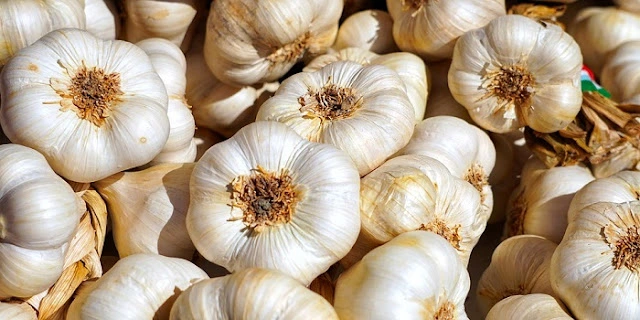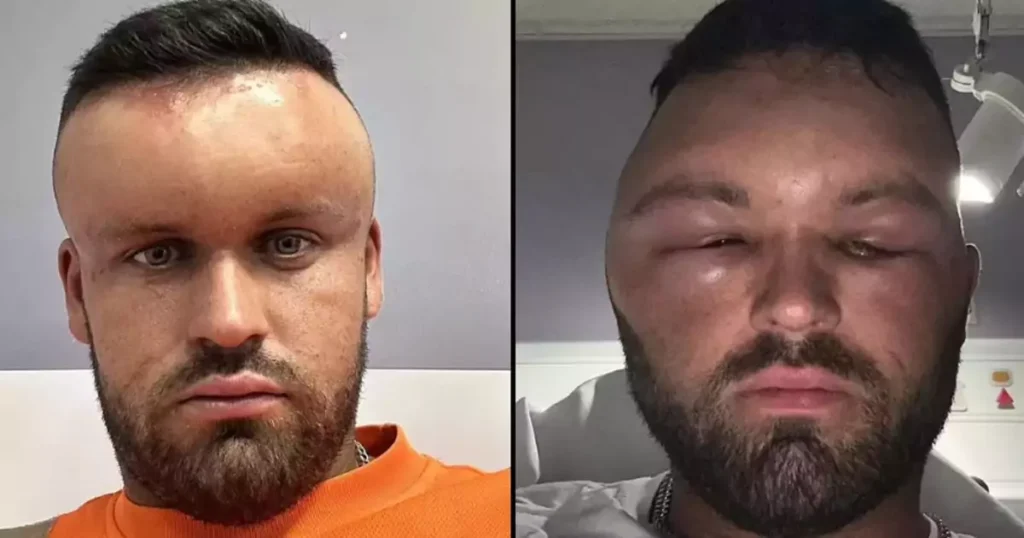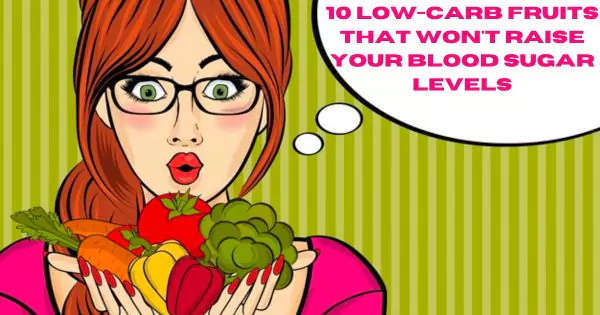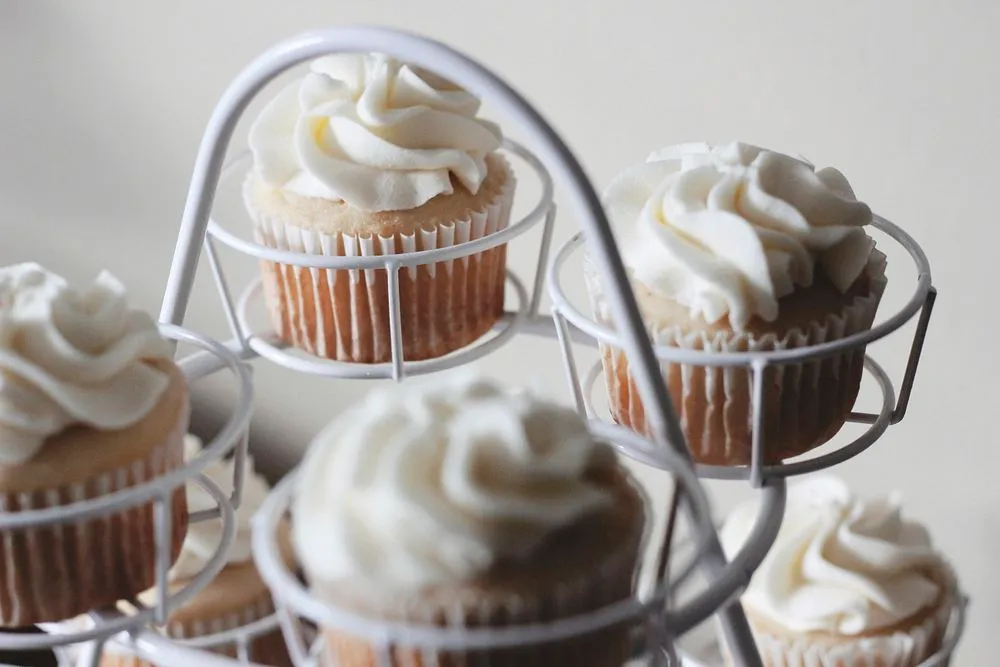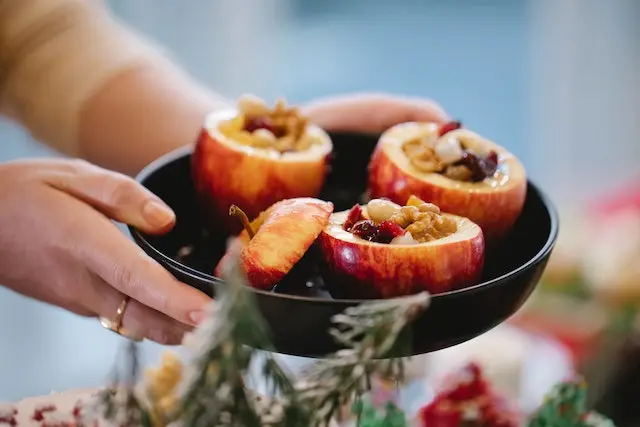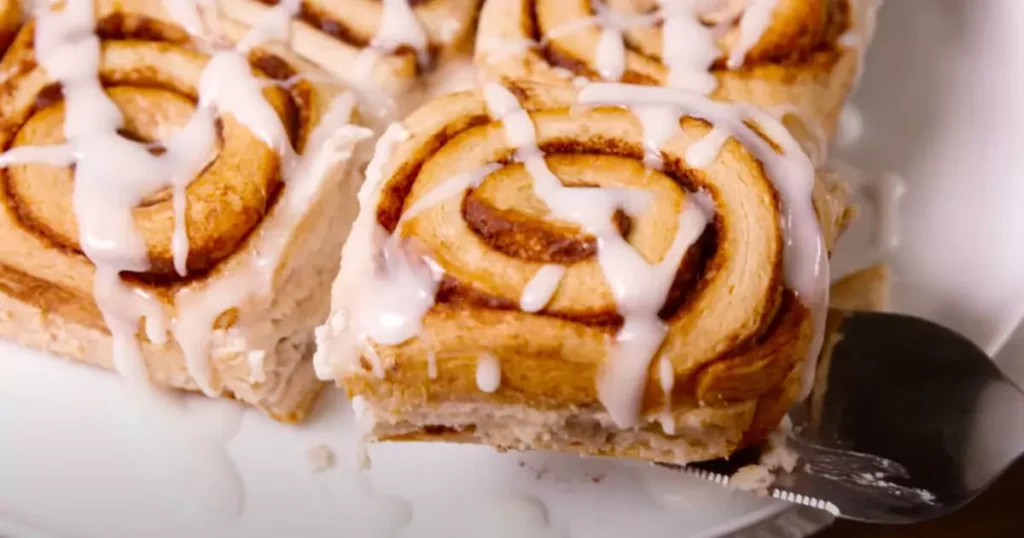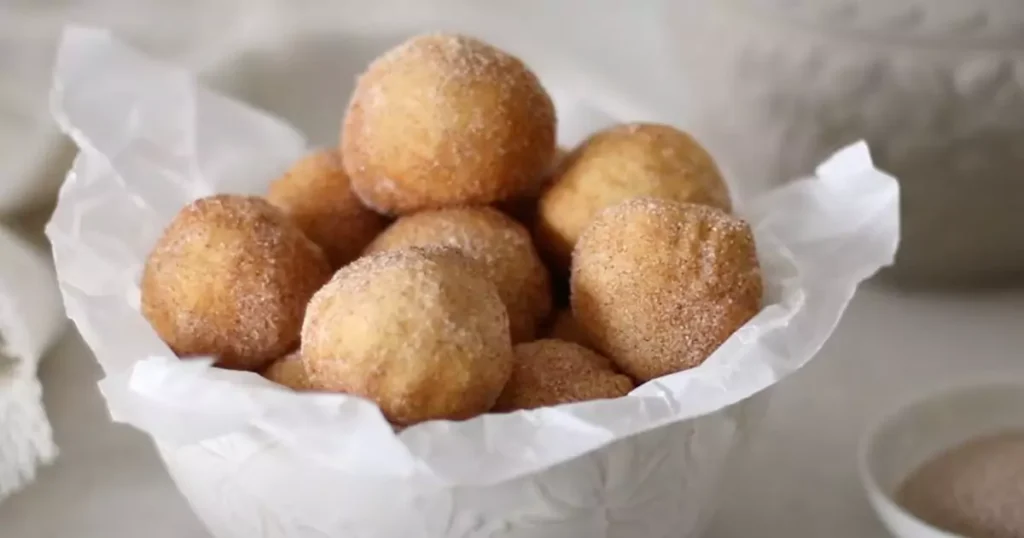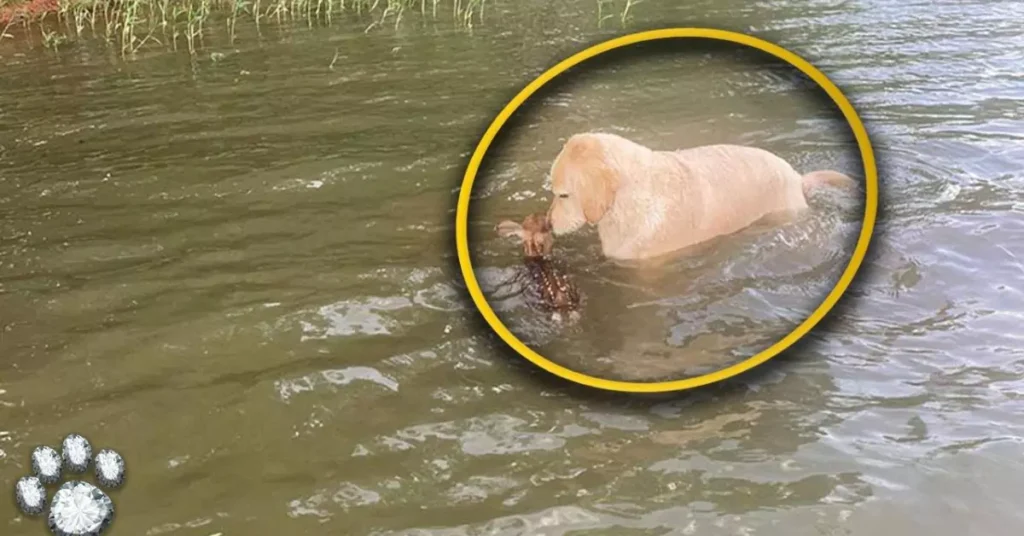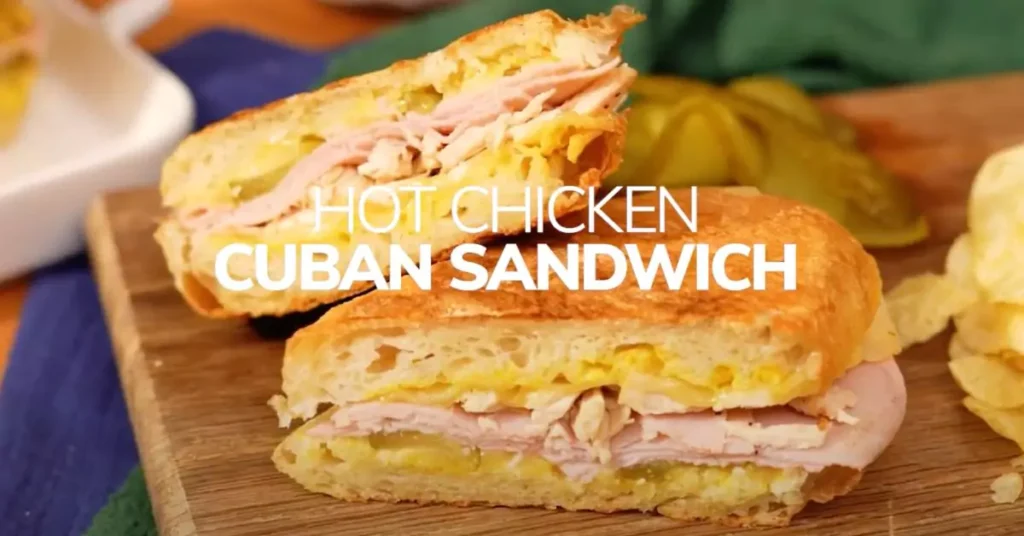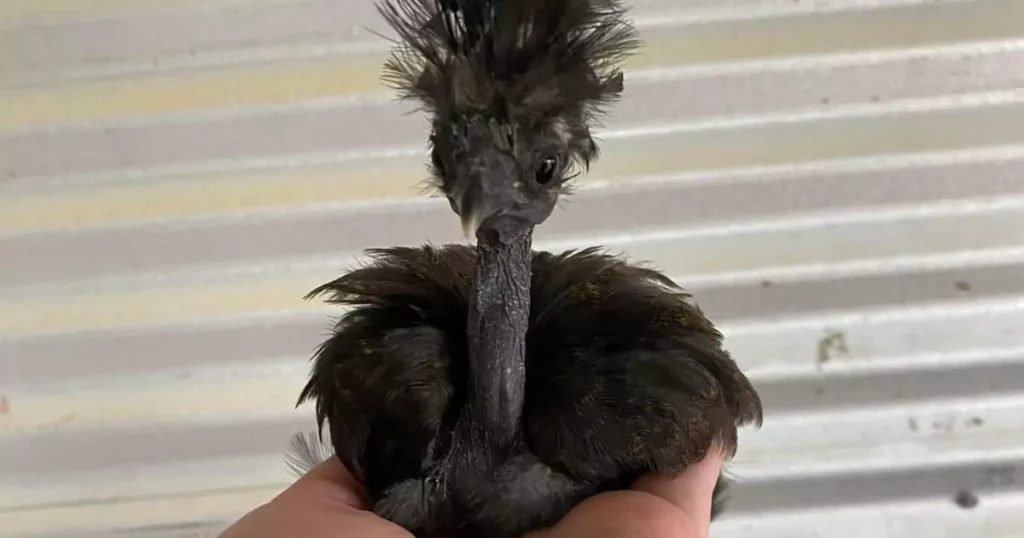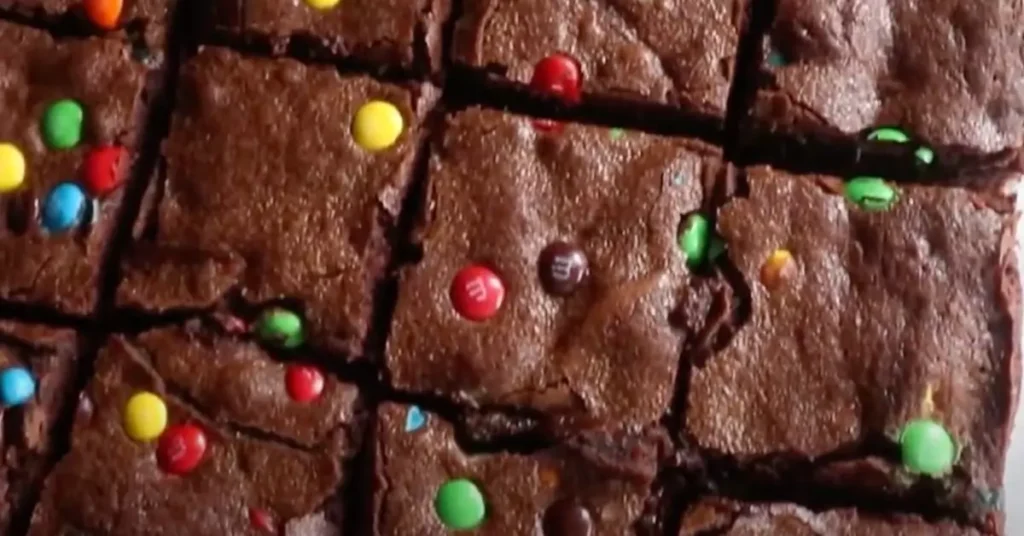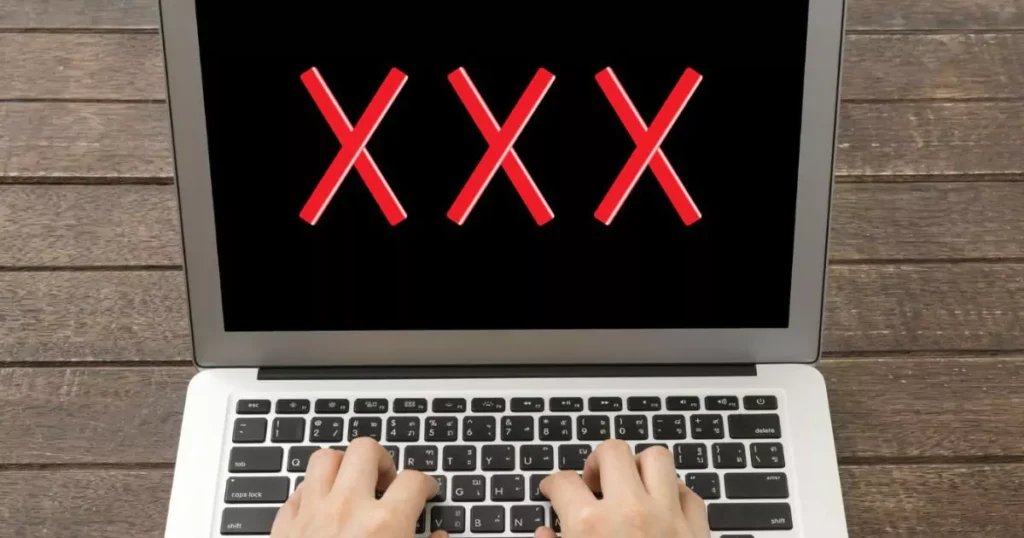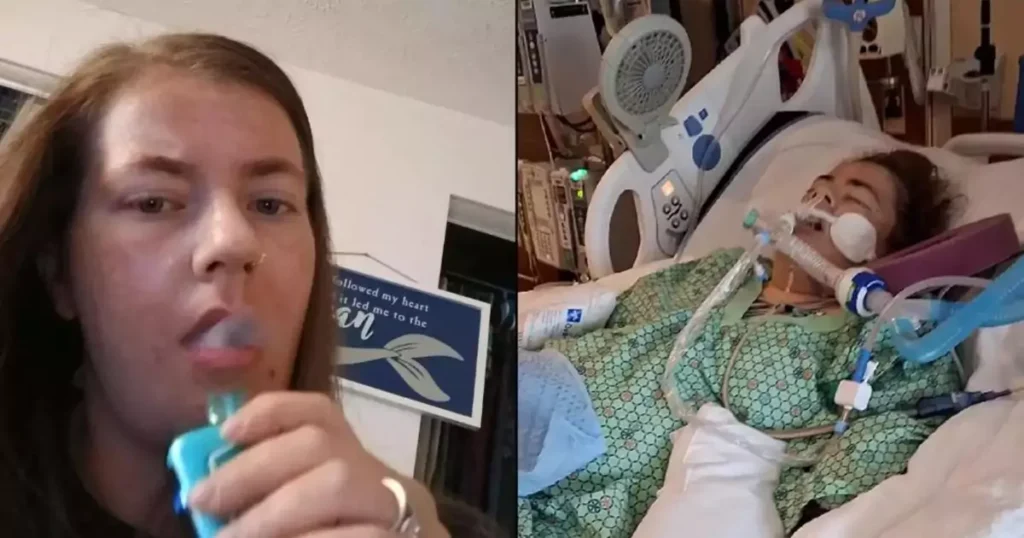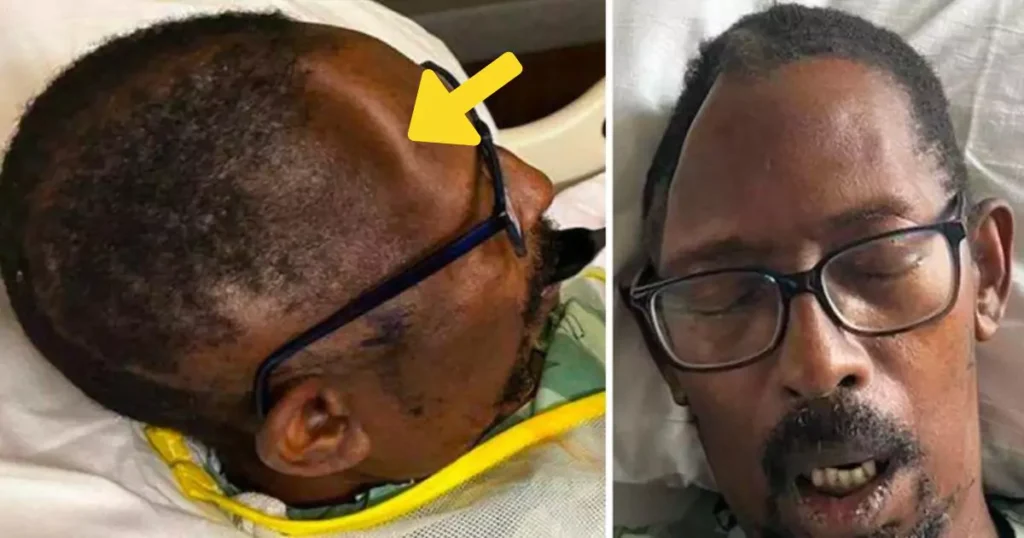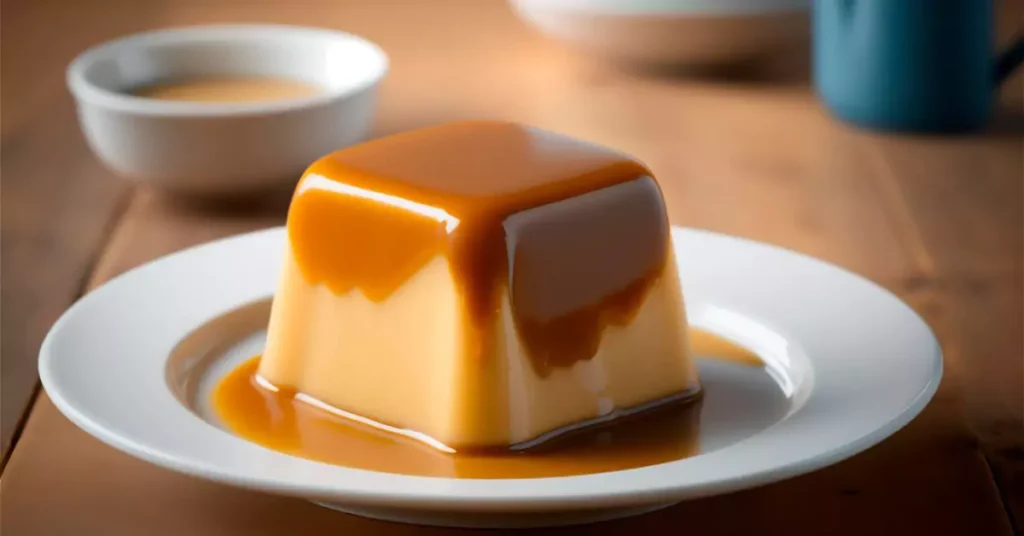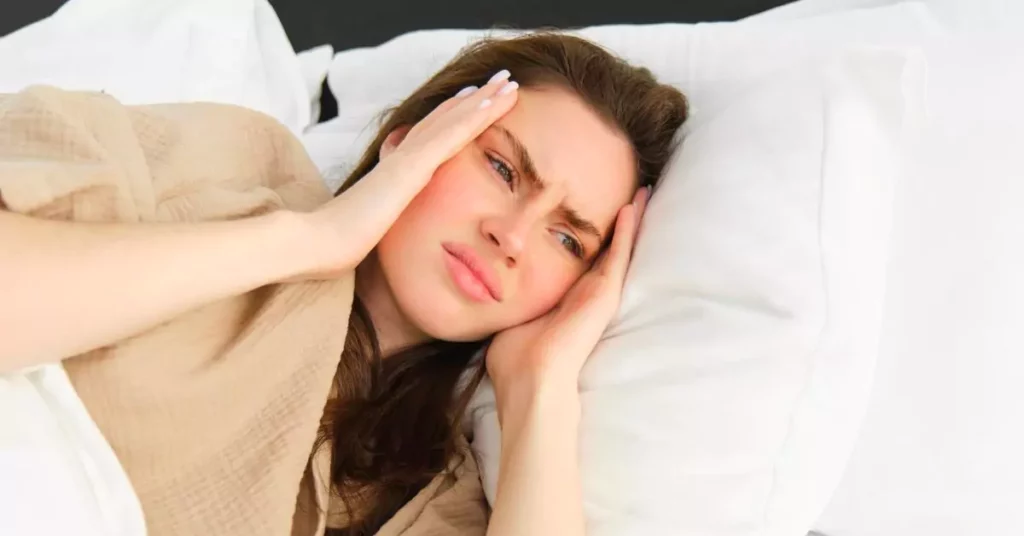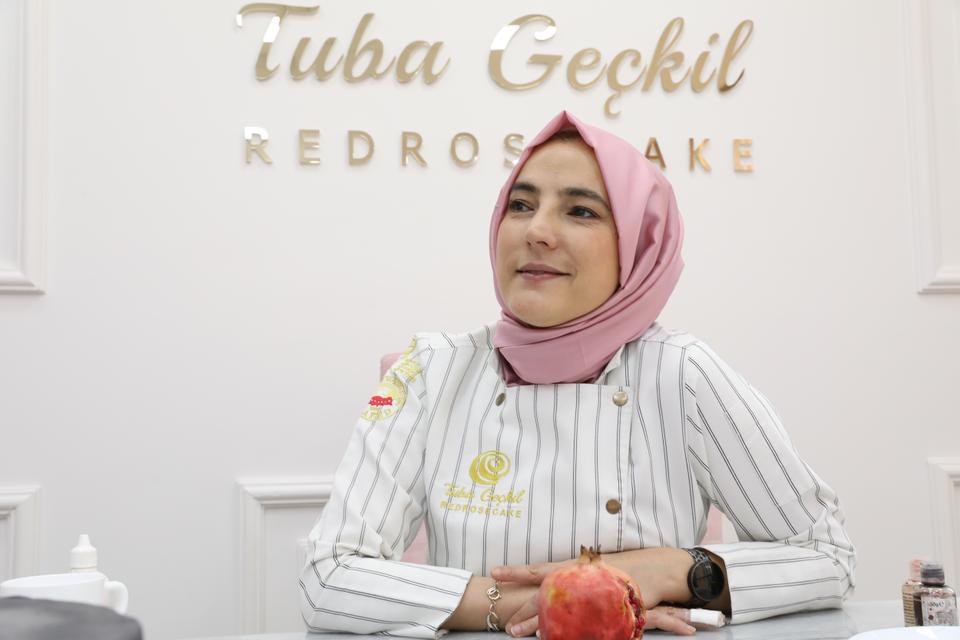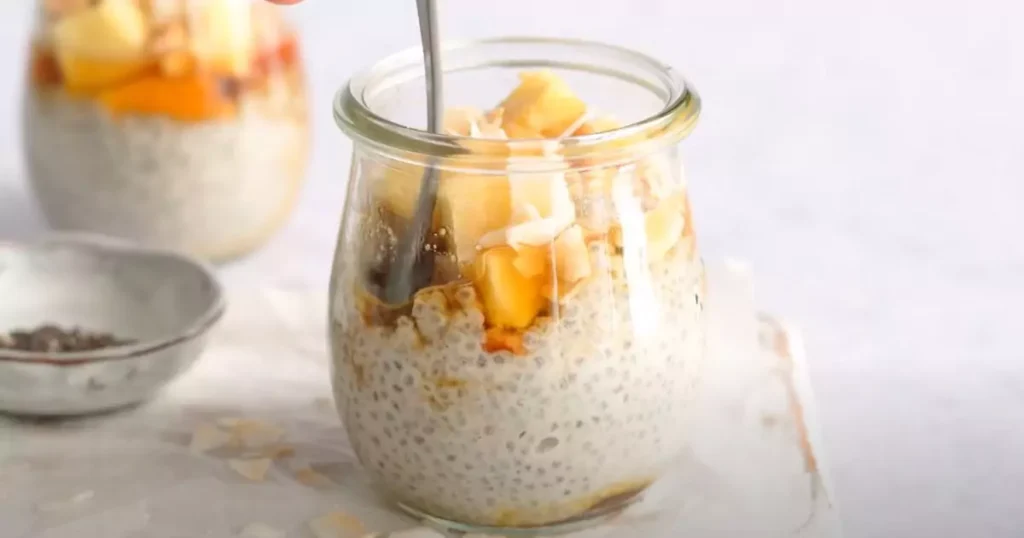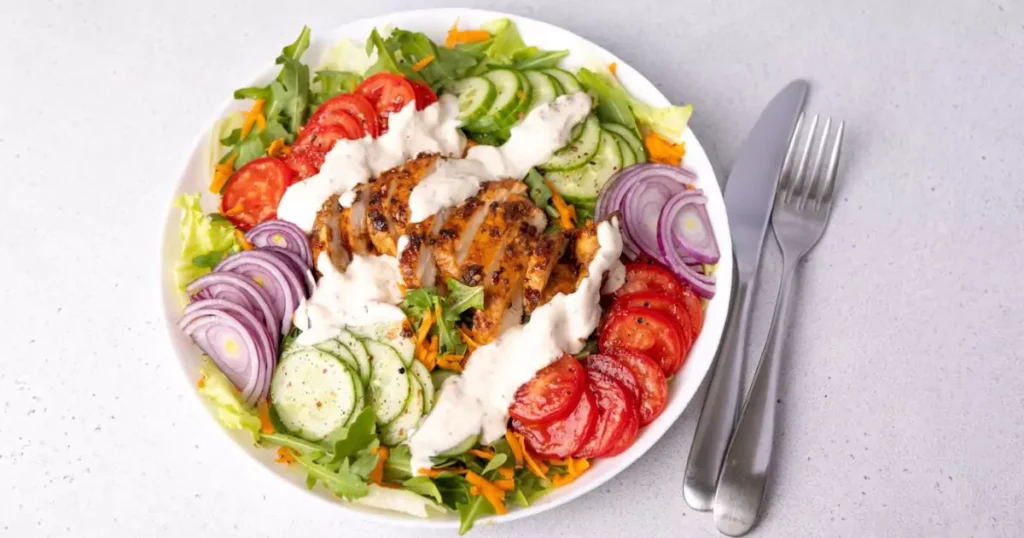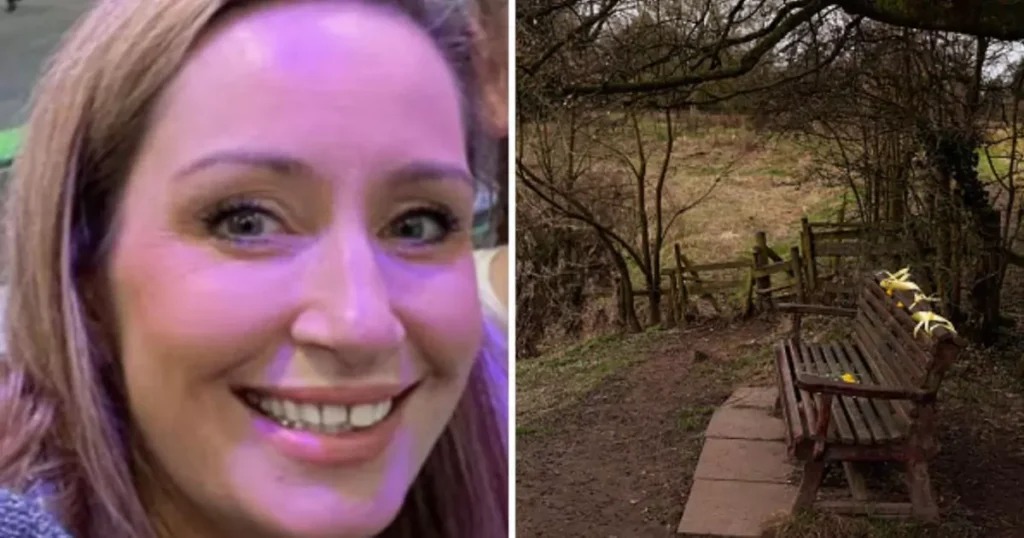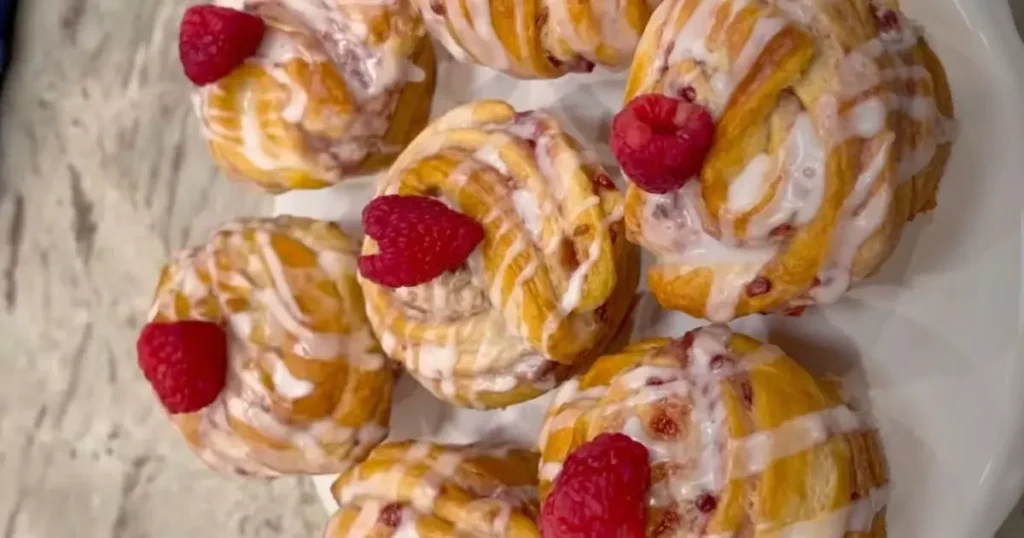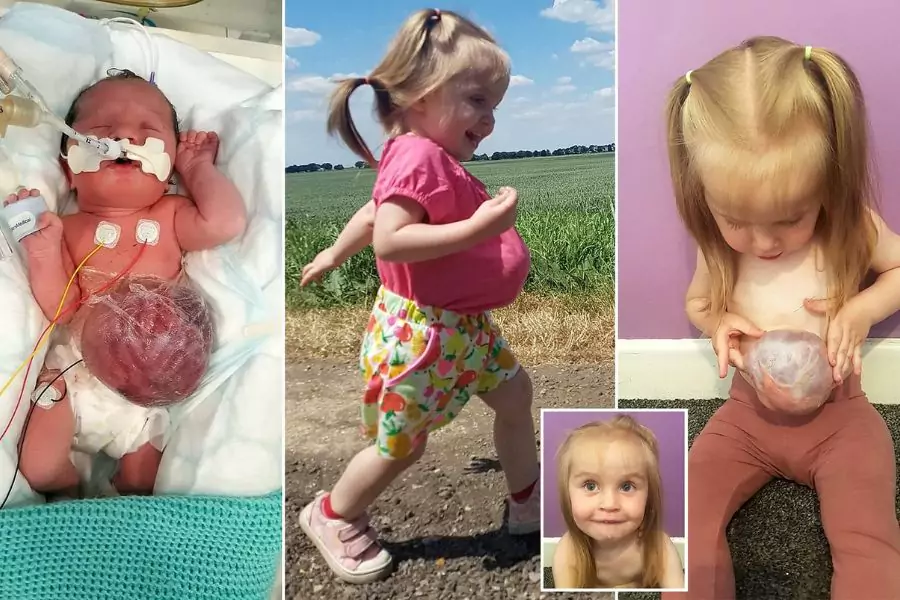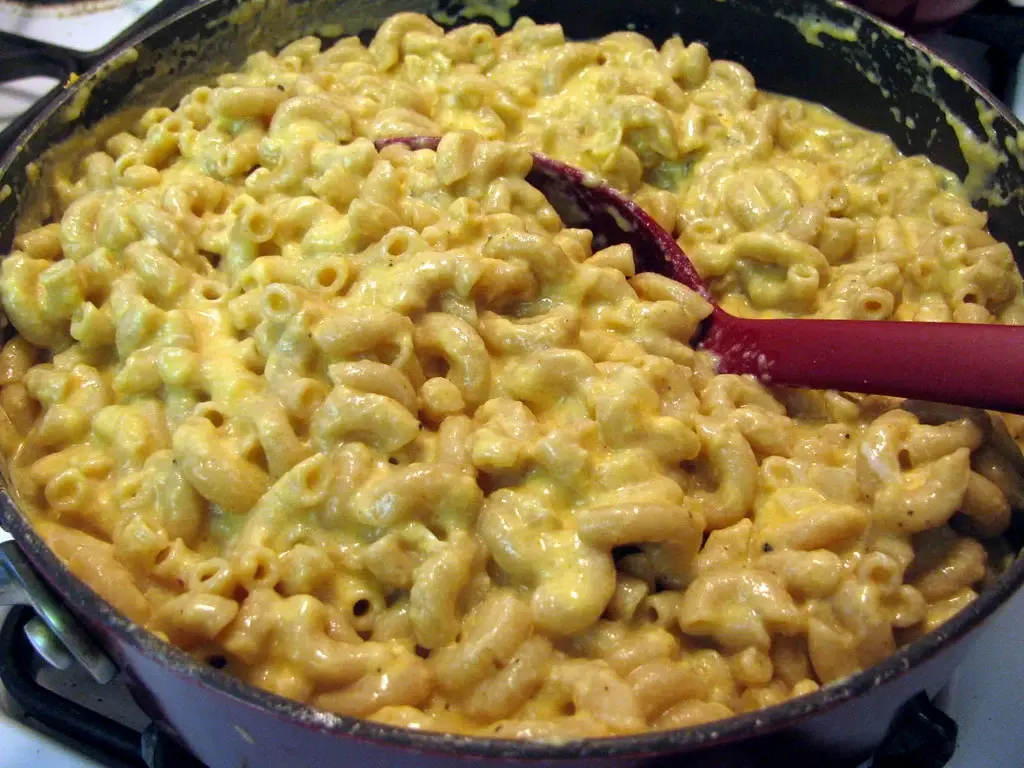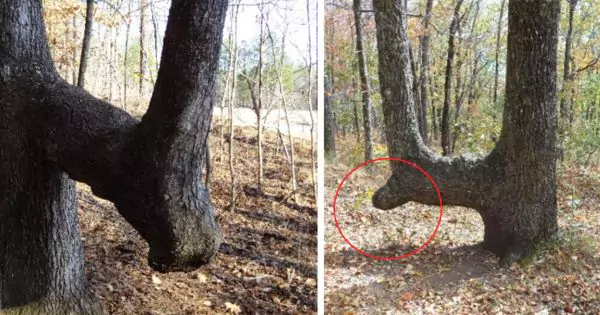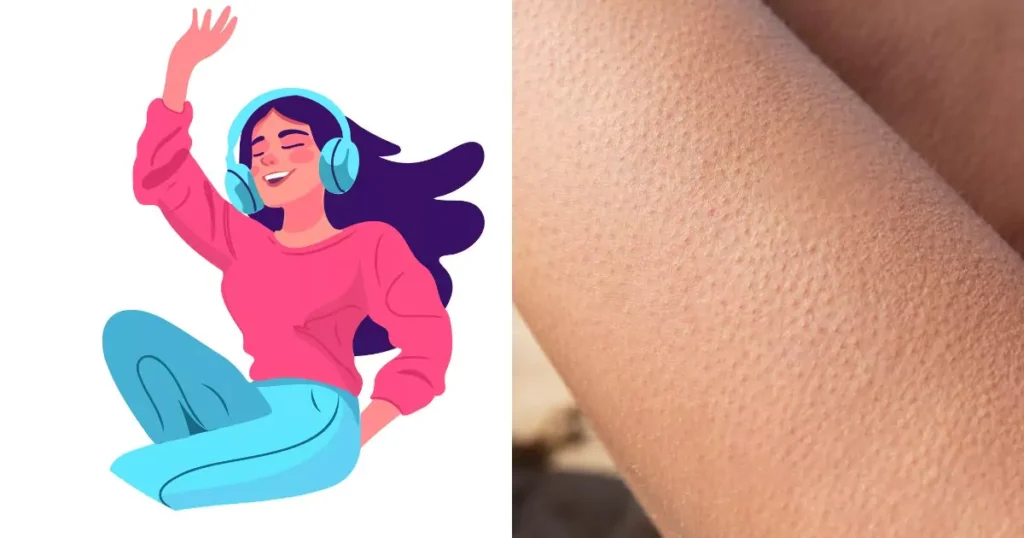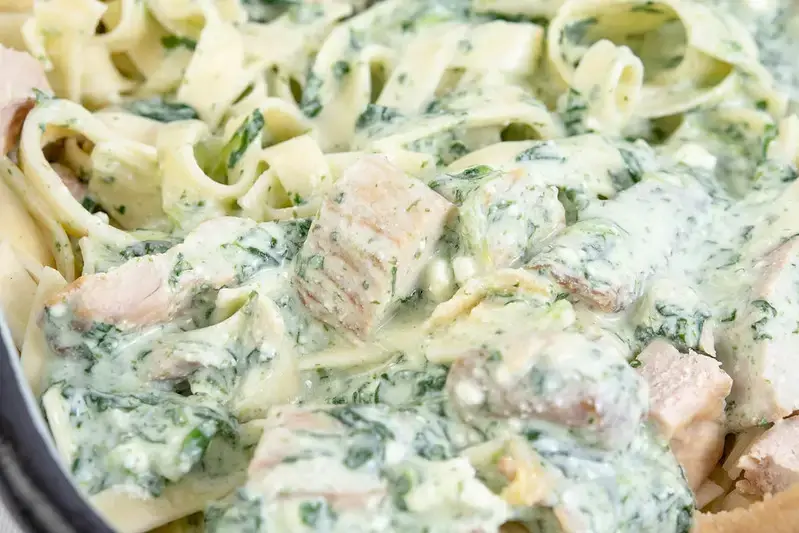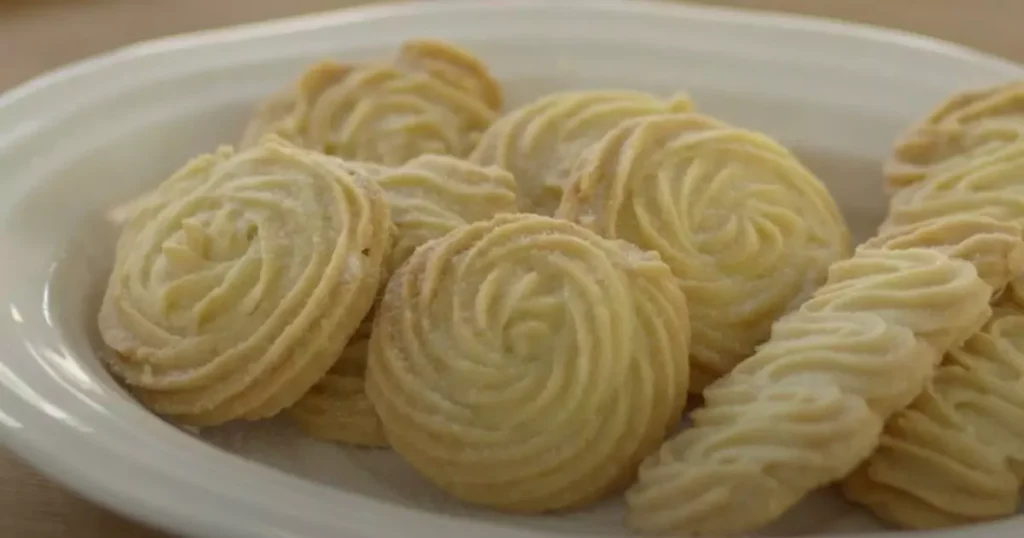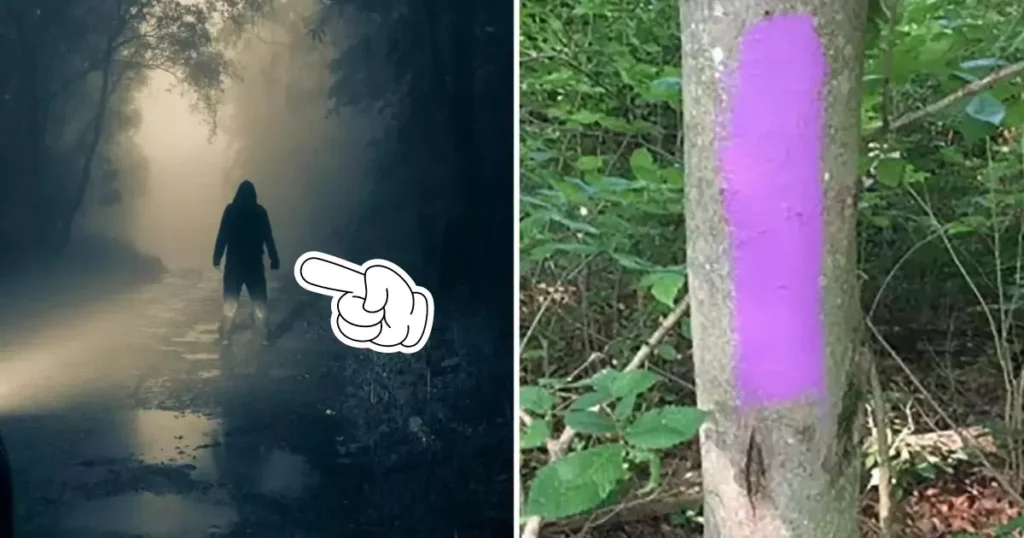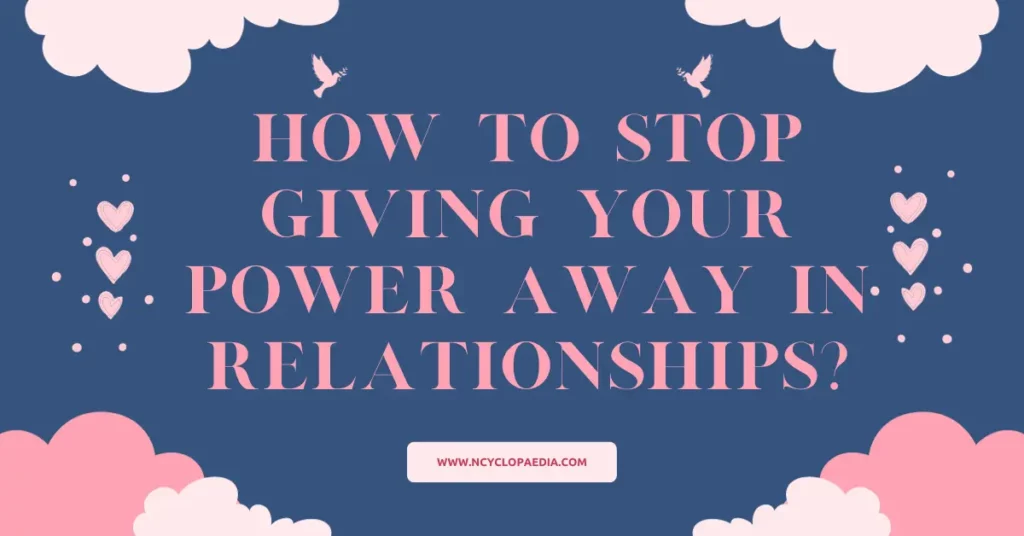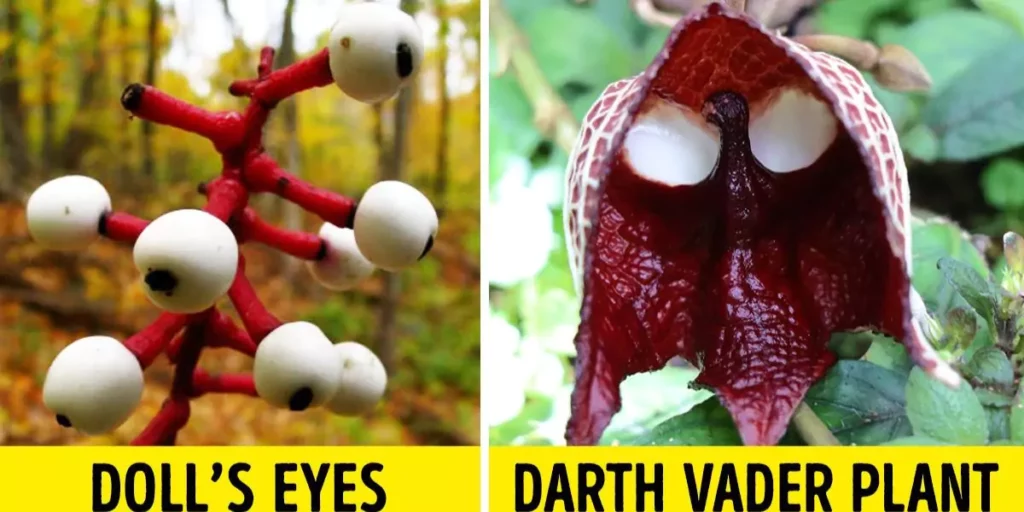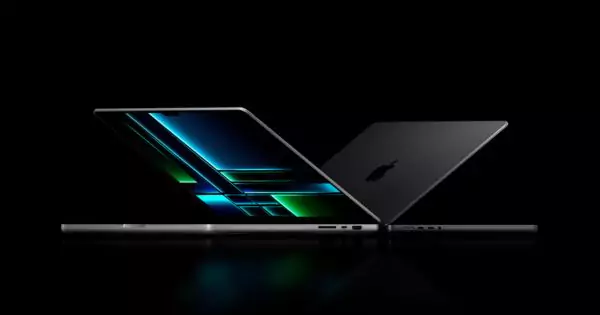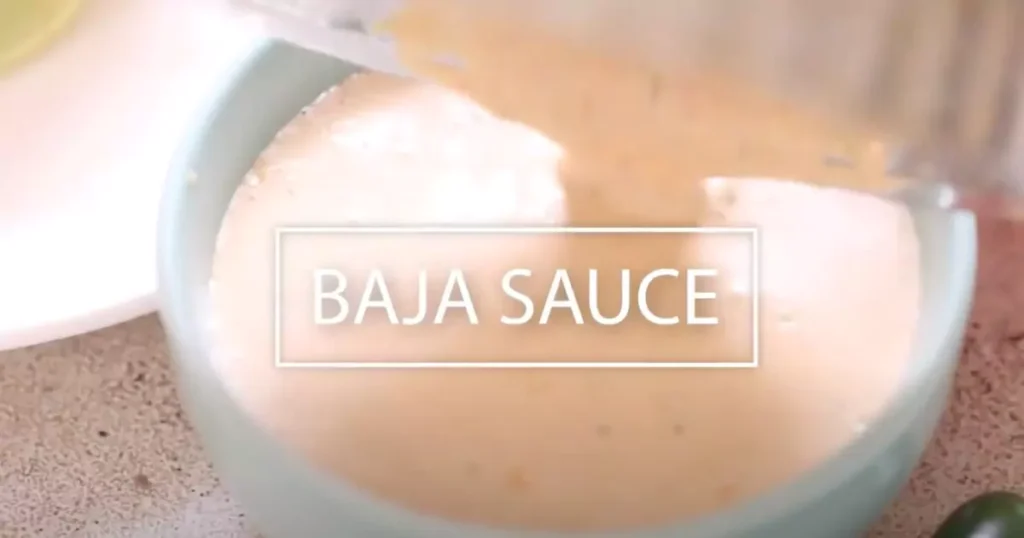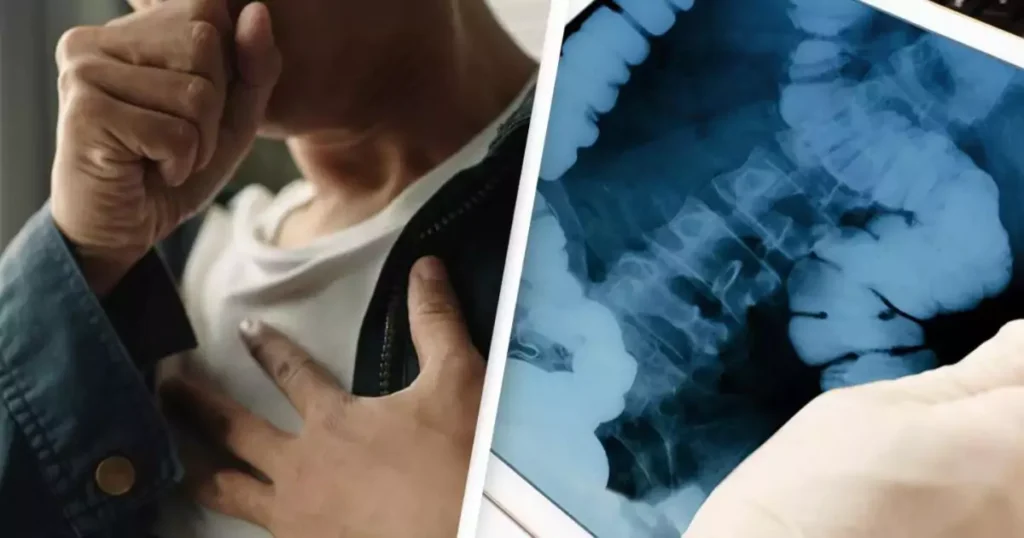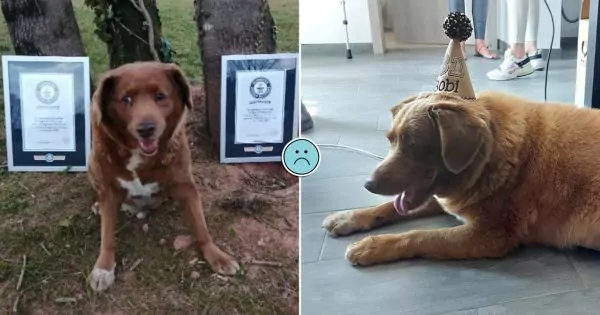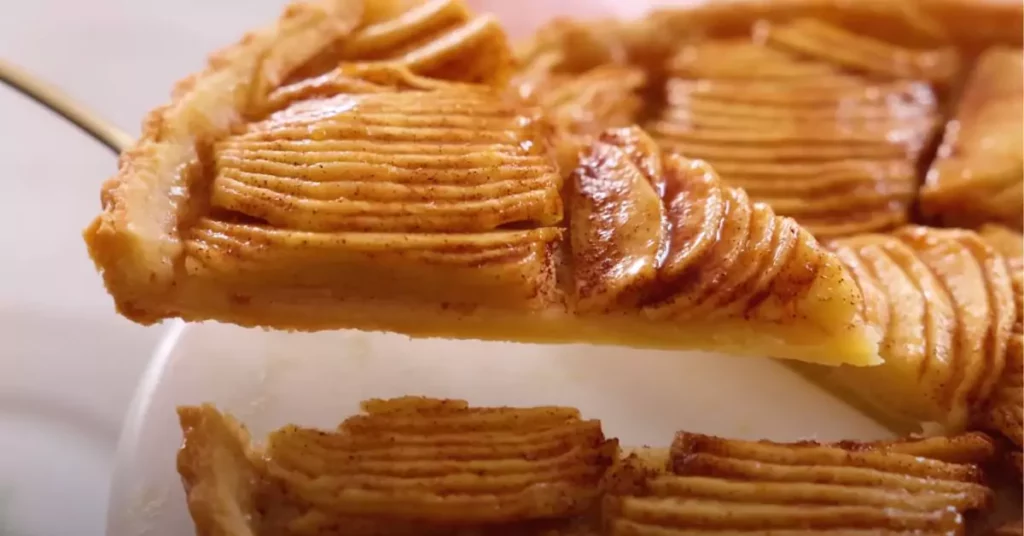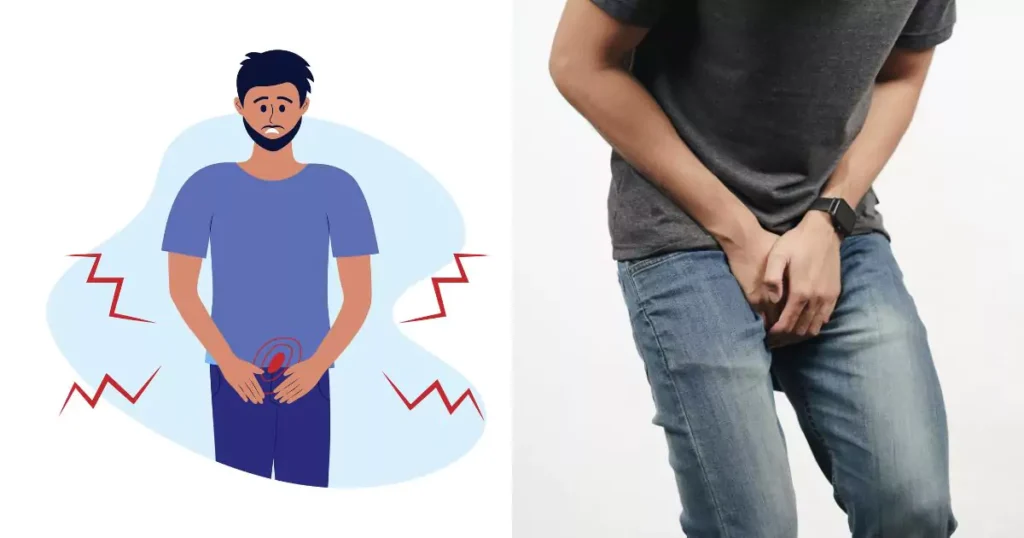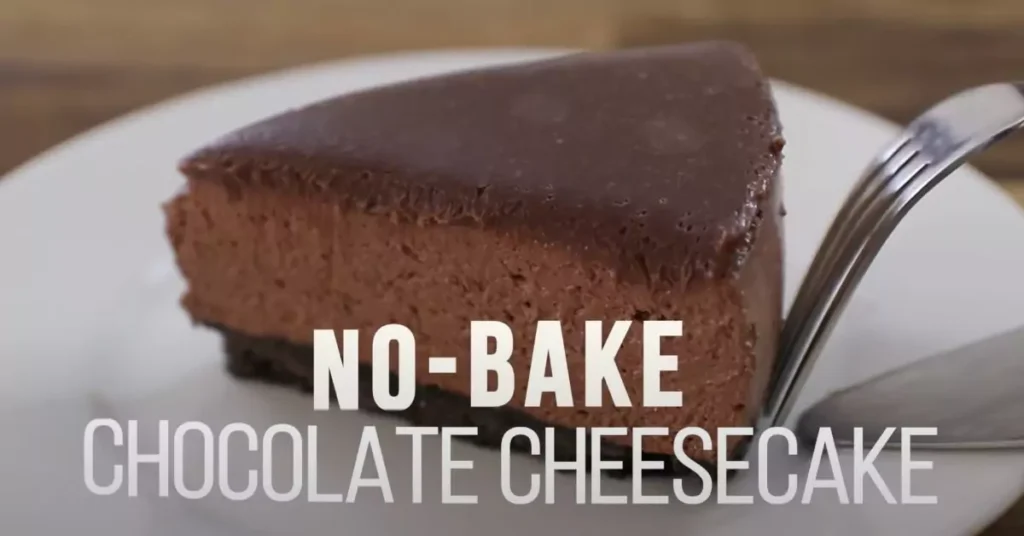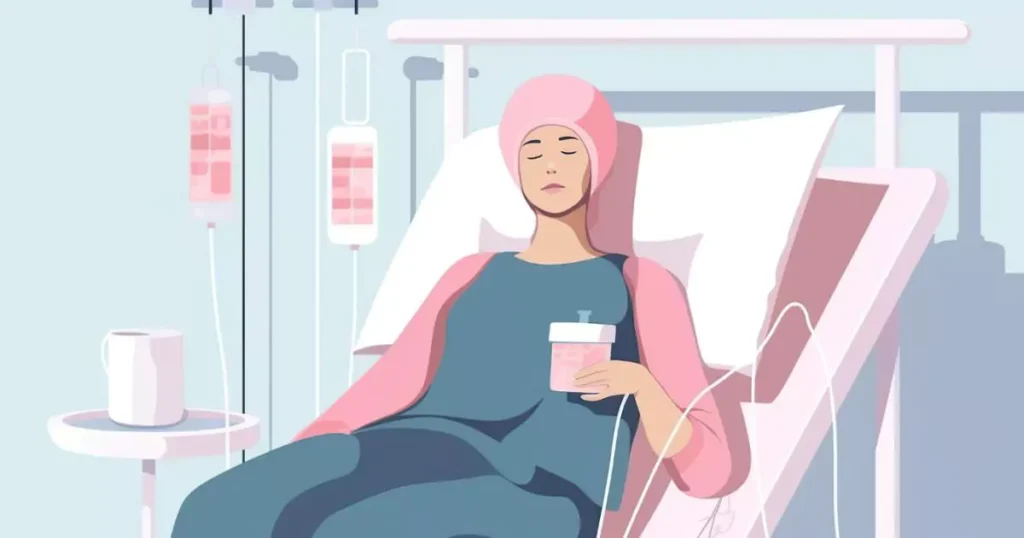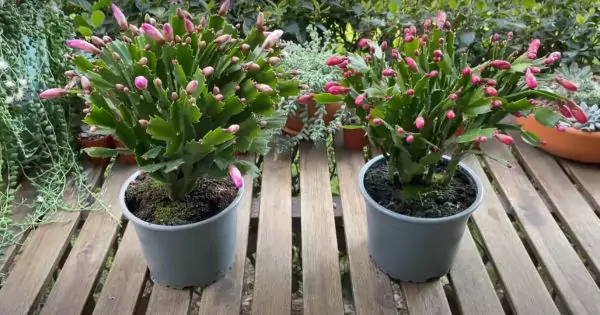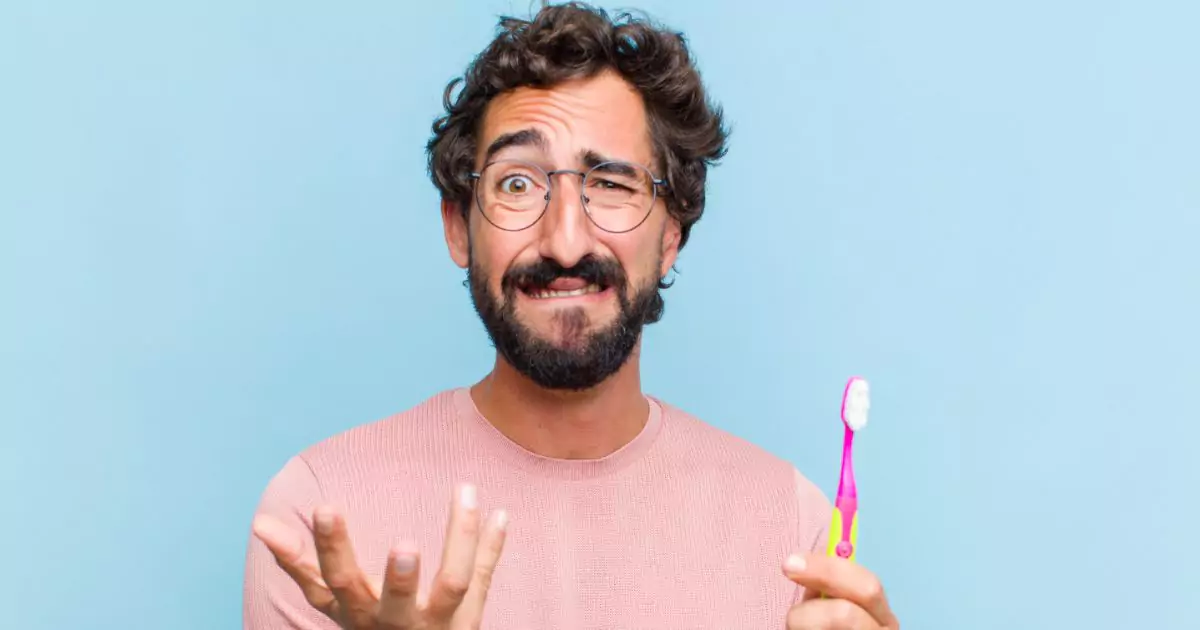
Maintaining a bright, white smile is a priority for many people, yet despite regular brushing, some find their teeth gradually turning yellow. This common dental issue can be frustrating, but often, the solution is simpler than most think. In this article, we’ll explore a typical mistake that leads to tooth discoloration and provide expert advice on how to keep your teeth sparkling clean.
Understanding Tooth Discoloration
Before diving into the common mistakes, it’s crucial to understand why teeth turn yellow. Several factors can contribute to this:
- Diet: Consuming foods and beverages like coffee, tea, wine, and certain fruits can stain teeth.
- Oral Hygiene: Inadequate brushing and flossing can lead to plaque buildup, which causes discoloration.
- Tobacco Use: Smoking or chewing tobacco can stain teeth.
- Age: As we age, the outer layer of enamel on our teeth gets worn away, revealing the naturally yellow dentin underneath.

The Common Mistake: Incorrect Brushing Technique
Dr. Ferakh Hamid, a seasoned dentist from the UK with over twenty years of experience, points out a widespread error many commit while brushing their teeth—dry brushing.
Why Wetting Your Toothbrush Matters
Dr. Hamid explains that before applying toothpaste, it’s crucial to wet the toothbrush. This simple act makes a significant difference for several reasons:
- Effective Cleaning: A wet toothbrush better distributes toothpaste across your teeth, enhancing its cleaning power.
- Gum Protection: Wet bristles are softer and gentler on your gums and enamel, reducing the risk of irritation and wear.
Avoid Brushing Immediately After Eating
Another critical mistake is brushing immediately after consuming acidic foods or drinks. Dr. Ezzard Rolle from Columbia University advises waiting before brushing:
- Enamel Protection: Acidic substances weaken tooth enamel. Brushing too soon after consuming them can damage the enamel while it’s vulnerable.
- Remineralisation: Dr. Rolle recommends rinsing with water after eating acidic foods to help start the remineralization of the enamel, which water aids.
Expert Tips for Maintaining White Teeth
In addition to correcting your brushing technique, here are more expert tips to keep your teeth white:
- Choose the Right Toothpaste: Opt for toothpastes that are specifically formulated to remove stains and whiten teeth.
- Regular Dental Visits: Professional cleanings and check-ups can help prevent and address discoloration.
- Quit Smoking: Giving up tobacco can prevent further staining of your teeth.
- Eat Crunchy Fruits and Vegetables: Foods like apples, carrots, and celery help clean your teeth naturally.
The Role of Professional Treatments
Sometimes, despite best efforts, natural remedies might not achieve the desired whiteness. This is where professional treatments can help:
- Whitening Treatments: Options like bleaching conducted by a dentist can provide more significant whitening results.
- Veneers: For deeper stains or yellowing that traditional whitening can’t fix, veneers might be an appropriate solution.
The Three Times You Should Never Brush Your Teeth, According to a Dentist
Good dental hygiene is often summarized as brushing your teeth twice a day. However, Dr. Shaadi Manouchehri, a prominent London-based dentist, advises that there are specific times when brushing could actually damage your teeth rather than protect them. Her insights have captivated her nearly 19,000 Instagram followers, and she’s shared these vital tips to prevent unintentional harm to your dental health.
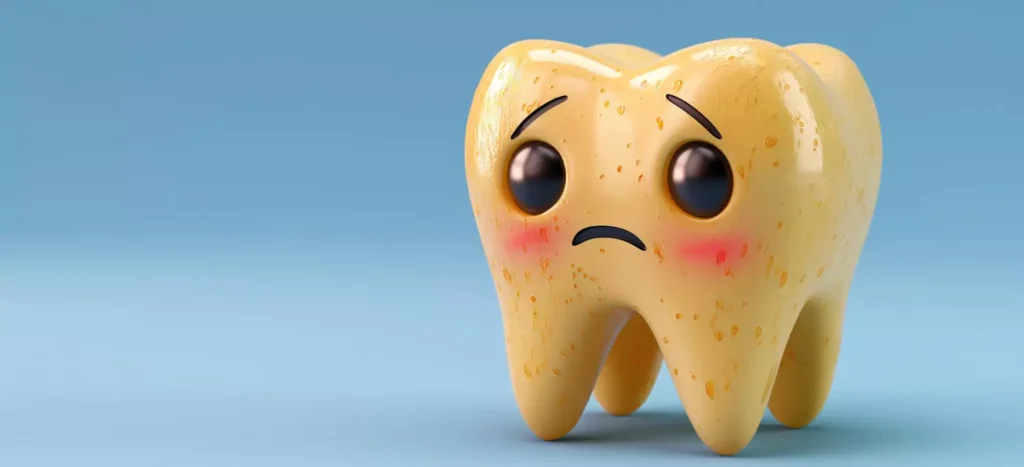
1. After Vomiting
It might seem instinctive to brush your teeth immediately after vomiting to eliminate the unpleasant taste and cleanse your mouth, but Dr. Manouchehri strongly advises against this. Vomiting exposes your teeth to highly acidic stomach contents. Brushing right away can scrub this acid into the tooth enamel, the protective outer layer of your teeth, causing it to wear away. Instead, Dr. Manouchehri recommends rinsing your mouth with water to neutralize the acids and waiting at least 30 minutes before brushing.
2. Right After Breakfast
Many of us are in the habit of brushing our teeth first thing in the morning or right after breakfast. However, if your meal included acidic foods like citrus fruits or beverages such as coffee or juice, brushing immediately can be harmful. The acidic environment softens the enamel, and brushing in this state can erode it. The recommended approach is to wait at least 30 to 60 minutes after eating. This pause allows your saliva to neutralize the acid and harden the enamel, making it safer to brush.
3. After Consuming Sweets
Sweets can be particularly harmful to your teeth. Sugary foods lead to an increase in oral acidity as sugar interacts with bacteria in the mouth to produce acid. Brushing your teeth immediately after eating sweets might cause you to brush the acid into your teeth, enhancing enamel erosion. Dr. Manouchehri suggests waiting at least an hour after consuming sweets before brushing. This gives your saliva a chance to naturally cleanse the teeth and begin the remineralization process.
Public Reaction and Additional Advice
Dr. Manouchehri’s advice has sparked considerable discussion and debate among her social media followers. Many expressed surprise and concern, realizing they had been making these mistakes all their lives. Some commenters were skeptical, noting that they had received different advice from other dentists.
How to Brush Your Teeth: Guidelines from Dental Professionals
Proper dental care is crucial for maintaining healthy teeth and gums. Knowing the correct technique for brushing your teeth, understanding the best times to brush, and handling special conditions like gum bleeding or toothache are all vital for oral hygiene. Here, we explore comprehensive guidelines suggested by dental professionals on these topics.
Choosing and Using a Toothbrush with the Right Bristles
The bristles of your toothbrush play a crucial role in effective oral hygiene. Here’s how to choose and use a toothbrush with the right bristles, based on recommendations from dental professionals:
Choosing the Right Bristles
- Bristle Hardness: Most dentists recommend using a soft-bristled toothbrush. Soft bristles are gentle on the gums and enamel, reducing the risk of causing irritation and wear, which can lead to sensitivity and other dental issues.
- Bristle Quality: Look for toothbrushes with rounded, polished bristles. These are designed to be gentle on the teeth and gums while being effective at removing plaque and debris without damaging the enamel.
- Brush Head Size: The size of the brush head should allow easy access to all surfaces of your teeth. A smaller brush head is often preferable because it can better reach the back of your mouth and clean hard-to-reach areas.
Proper Brushing Technique
The way you brush your teeth can significantly impact your dental health. Here’s how dental professionals recommend doing it:
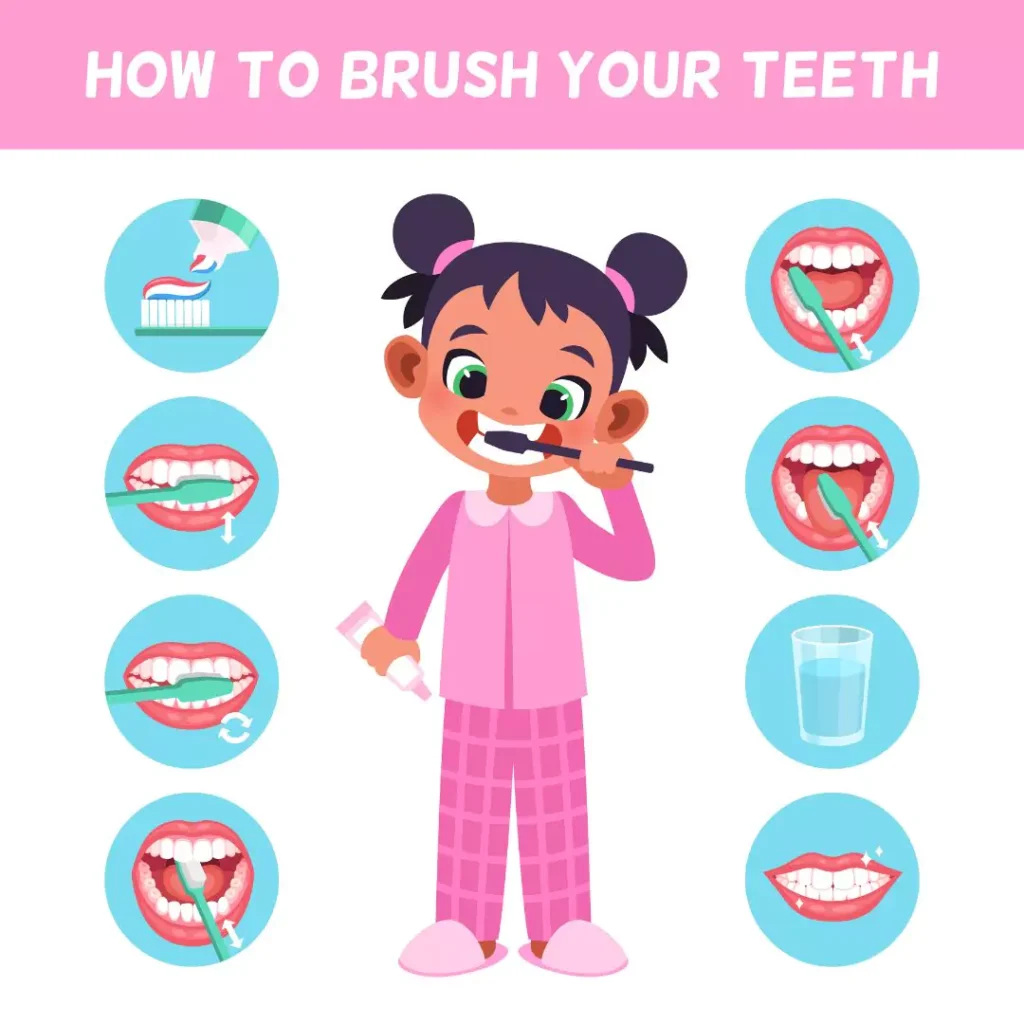
- Choose the Right Toothbrush: Use a soft-bristled brush to prevent irritation of the gums. Electric toothbrushes can be more effective in removing plaque.
- Toothpaste: Apply a fluoride toothpaste about the size of a pea. Fluoride helps fight cavities and strengthens tooth enamel.
- Brushing Angle: Hold the brush at a 45-degree angle to your gums. This angle helps the bristles reach the space where the gums and teeth meet, where plaque often accumulates.
- Technique: Use gentle, circular motions to clean the outer and inner tooth surfaces. For the chewing surfaces, use a light back-and-forth motion.
- Duration: Brush for at least two minutes, spending about 30 seconds on each quadrant of your mouth.
- Tongue Cleaning: Don’t forget to gently brush your tongue or use a tongue scraper. This removes bacteria and helps keep your breath fresh.
When and How Often to Brush
Dental professionals recommend brushing your teeth at least twice a day:
- Morning: Brush in the morning to remove plaque and bacteria that have built up overnight.
- Evening: Brush before bed to clean away the day’s accumulation of plaque and prevent the growth of bacteria overnight.
Avoid brushing immediately after consuming acidic foods or drinks, as this can lead to enamel erosion. Wait at least 30 to 60 minutes before brushing.
Brushing with Gum Bleeding or Toothache
If you experience gum bleeding or have a toothache, it’s important to adjust your brushing technique and consult your dentist. Here’s what to consider:
- Gum Bleeding: Use a soft-bristled toothbrush and brush gently to avoid aggravating your gums. Consider using toothpaste designed for sensitive teeth and gums. If bleeding persists, consult your dentist as it may be a sign of gum disease.
- Toothache: If you have a toothache, continue to brush your teeth, focusing on keeping the painful area clean to prevent further issues. Avoid applying too much pressure on the painful tooth. Use warm water to soften your toothbrush bristles, which can help minimize discomfort.
Tooth discoloration is a common issue, but often, the solution is as simple as adjusting your brushing technique and timing. By understanding the causes of yellowing and implementing the advice from dental experts like Dr. Hamid and Dr. Rolle, you can improve the appearance of your teeth and boost your oral health. Remember, a bright smile is not just about aesthetics but also about maintaining the health of your teeth and gums for the long term.


